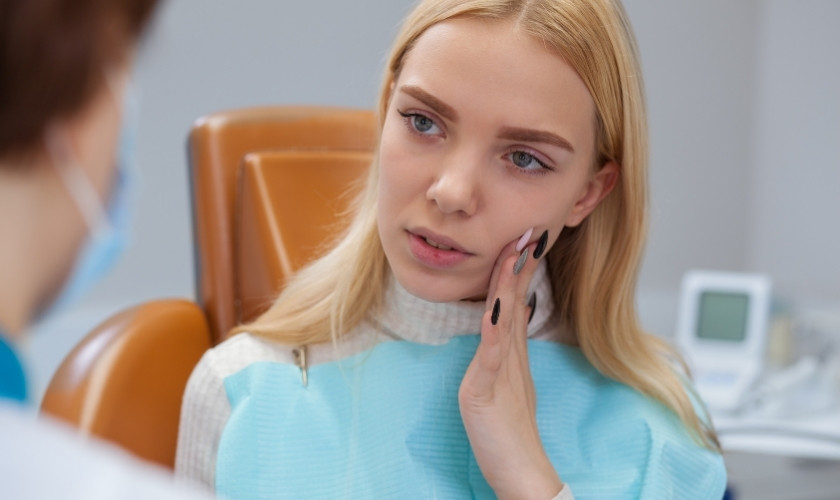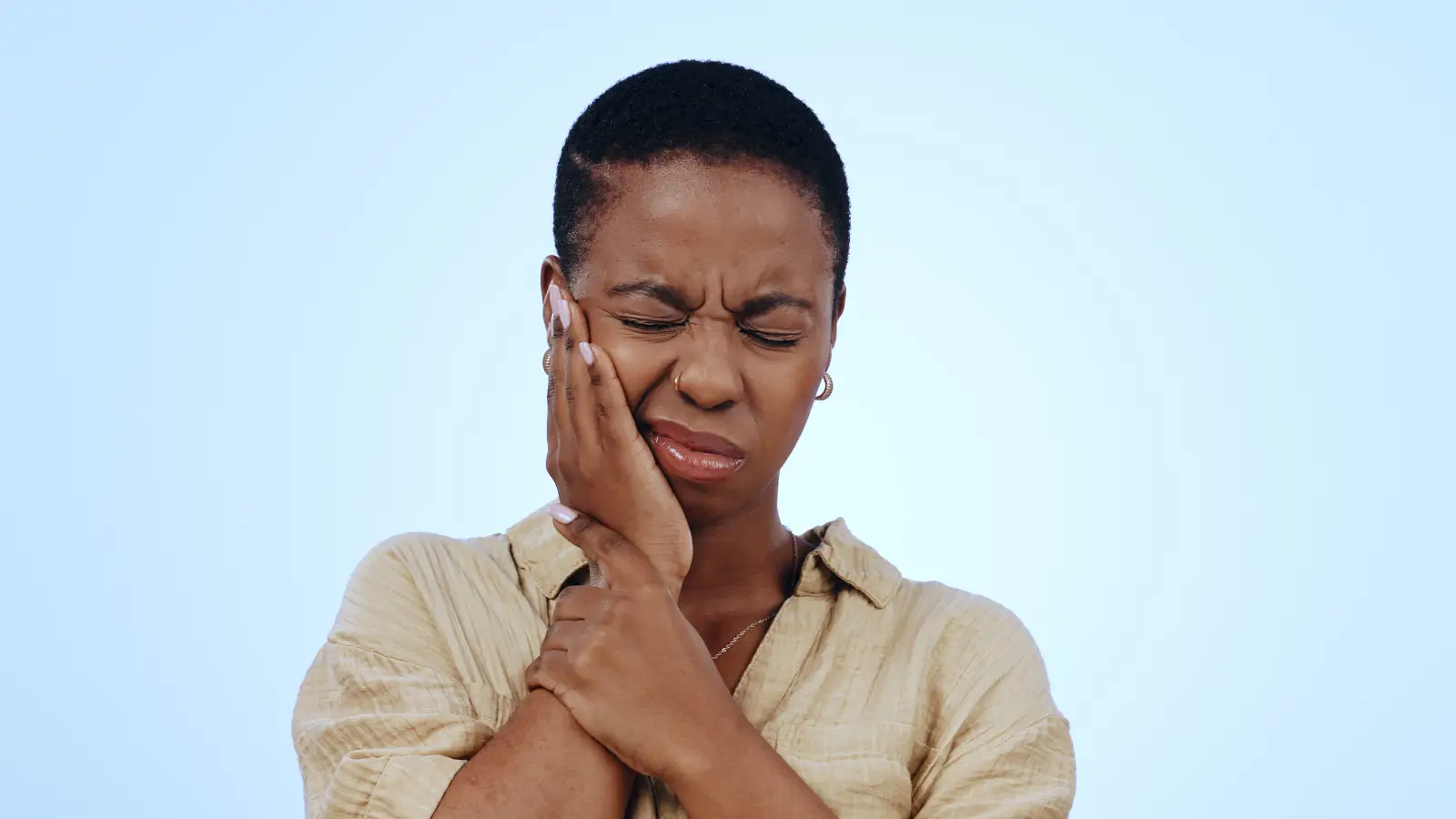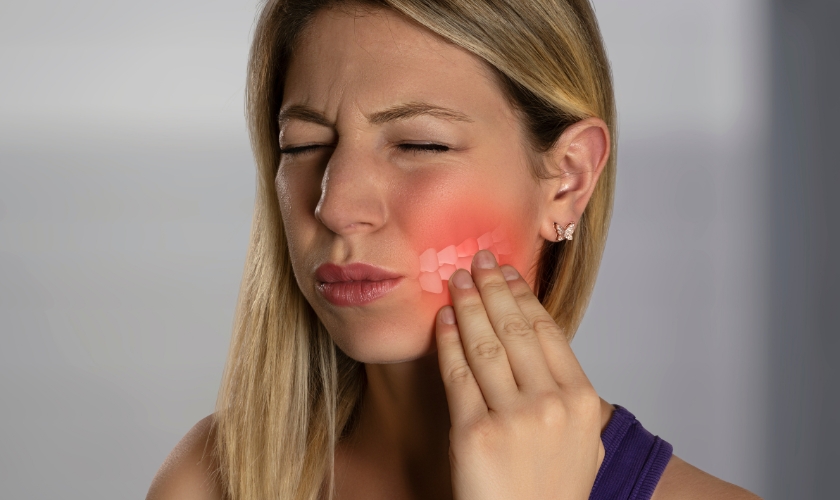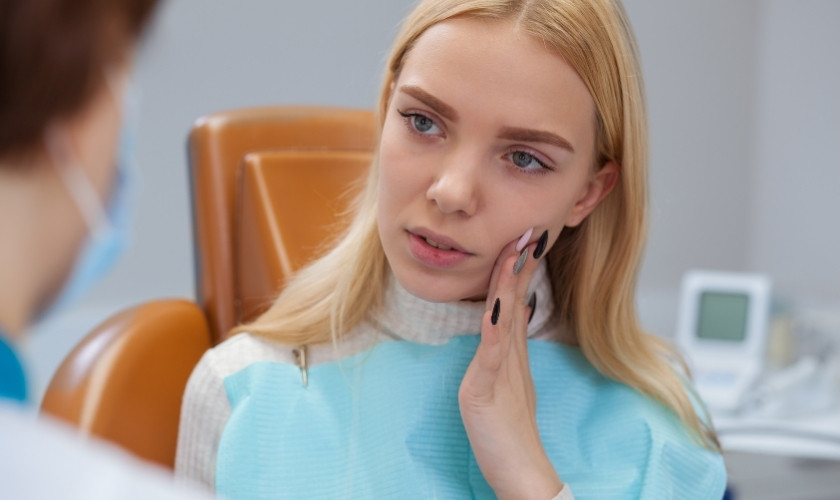
Emergency dental visit usually occurs due to sudden pain, cracked teeth, or infections. You may experience damage and pain post-treatment. Effective control of this discomfort is essential. It helps achieve a swift and unproblematic recovery. Disregarding pain may lead to complications or delay healing.
This blog will draw attention to optimal pain management procedures following an emergency dental visit. It discusses why pain occurs, initial relief measures, and home remedies. By following these tips, recovery becomes safer. It will also help reduce risks.
Continue reading to learn easy methods to relieve pain and when to call your emergency dentist once again.
What Is Post-Treatment Pain?
Pain after an emergency dental visit is routine and usually is due to inflammation or tissue injury. Dental procedures may inflame gums, nerves, or nearby tissue. It can also produce soreness or swelling. Ongoing infection occasionally results in protracted pain, particularly following abscess drainage or tooth removal.
Generally, mild pain resolves within a few days as the area heals. Over-the-counter medications, cold compresses, and rest have the ability to ease this phase. However, you must recognize abnormal pain. If you experience severe pain, increasing swelling, or fever, it may indicate infection or complications.
Keep in mind that persistent pain beyond a week is abnormal. It requires a follow-up with your emergency dentist Brooklyn. Sharp, stabbing pain or sensitivity to pressure may indicate deeper issues. Other warning signs are bleeding that doesn’t stop or spreading facial swelling.
You must know when to seek additional care. It will ensure faster healing. Moreover, it will prevent long-term problems. You must always prioritize proper pain management after any emergency dental visit.
Immediate Steps After Your Emergency Dental Visit
Follow the Dentist’s Directions:
Consider taking medications as instructed to manage pain and avoid infection. You must adhere to any special care instructions for extractions, fillings, or other dental procedures. Moreover, you can make follow-up appointments if your emergency dentist suggests additional assessment.
Pain Relief Fundamentals:
Use Painkillers Judiciously: You can take over-the-counter painkillers such as ibuprofen to decrease pain and swelling.
Utilize Cold Compresses: Consider applying ice packs to the cheek to minimize swelling and numb the area.
Rest and Relax: You must restrict physical activity to enable your body to concentrate on healing.
Avoid Irritants: Avoid hot beverages, spicy meals, and smoking soon after treatment.
Keep Your Head Elevated: When resting, make sure you elevate your head to minimize blood flow and swelling.
Monitor Symptoms: You must observe for signs such as increasing swelling or pain that continues and requires a dentist’s check-up.
Hydrate Well: Drink enough water. However, steer clear of the use of straws, particularly after extractions.
Avoid Touching the Area: Do not touch the area with your fingers and tongue to avoid irritation.
Use Saltwater Rinses (if approved): If you consider gentle rinses, it may help decrease bacteria and facilitate healing.
At-Home Pain Management Tips
Natural Remedies:
Saltwater Rinse: You can rinse with warm salt water to clean the mouth. It can help decrease inflammation.
Clove Oil: Apply a little clove oil to relieve pain naturally. Clove oil serves as a mild antiseptic.
Herbal Teas: Peppermint or chamomile tea may have calming effects on inflamed tissues.
Dietary Changes:
Eat Soft Foods: Mashed potatoes, yogurt, and smoothies are easy on sensitive tissues.
Avoid Extreme Temperatures: Hot or cold foods have the ability to increase pain in healing gums and teeth.
Avoid Crunchy or Spicy Foods: Hard foods and spices are capable of irritating or injuring treated tissues.
Drink Water: Drinking water significantly washes away bacteria. As a result, it aids overall healing.
Restrict Sugary Foods: Sugar can enhance bacterial growth. It can delay the healing process.
Oral Hygiene Habits:
Brush Gently: Brush with a soft-bristled toothbrush. You must steer clear of scrubbing hard around the treated area.
Floss with Caution: Clean is vital, however, make sure you do not jar or irritate stitches or sensitive areas.
Use Antibacterial Mouthwash: If cleared, use antibacterial mouthwash to reduce bacteria and infection.
Skip Harsh Products: You can avoid alcohol-based rinses that can dry out and irritate healing tissues.
Practice Regular Hygiene: Keep up with regular brushing and flossing. This is because it helps avoid new dental problems.
Effective pain control following an emergency dental visit results in quicker recovery and fewer complications. You must adhere to your emergency dentist’s advice, practice pain relief techniques, and observe warning signs. Consider gentle oral hygiene, dietary modification, and natural remedies to alleviate pain during recovery.
You should not neglect worsening or persistent pain. Call our emergency dentists if necessary. When you make the right moves, it can guarantee less painful healing and avoid another dental emergency in the future. Don’t take post-treatment pain for granted—take care of your dental well-being today.



